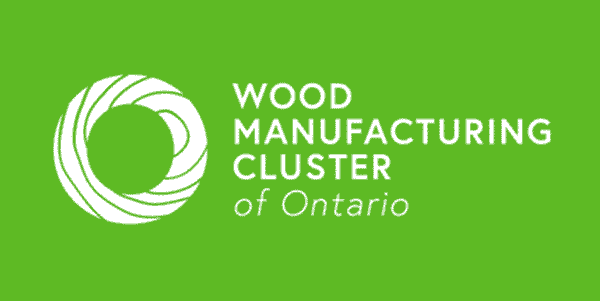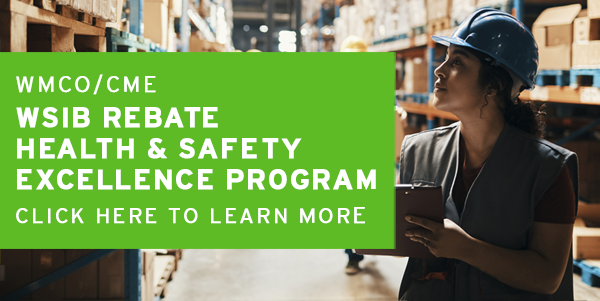Written by GlueGuard, BWA Associate Member
Key tips for keeping you PUR equipment happy and your investment healthy
Get started making the most of your PUR investment by following these tips for keeping PUR dispensing equipment in peak condition for consistent operation and minimal downtime.
Turn off the heat.
This should be your mantra with all hot melt equipment! You might be accustomed to turning on your melter at the start of the day and forgetting about it but this is a habit that needs to be broken. It can be especially detrimental with PURs.
PUR degrades with exposure to heat, which can cause some PURs to cure and at the very least diminish the adhesive’s bonding capability. The result is increased waste and costs. Over time, as the PUR cures inside the system due to heat exposure, buildup will occur, constricting flow and eventually causing damage to the equipment.
The solution, however, is simple. Systems that are in continuous use can remain at optimum application temperature without damage because new adhesive is constantly moving through the system rather than sitting in the melter waiting to be used. If your production schedule requires that your PUR system be used only a few times throughout the day, a number of systems offer a capability called “temperature setback”. Temperature setback allows you to easily lower the temperature while the system is not in use for short periods of time.
Temperature setback not only protects your adhesive and equipment; it is also a way to save energy and reduce the carbon footprint of your production process.
Regardless of your equipment’s exact usage schedule, keep this rule in mind: during production hours, turn down the temperature or use equipment stand-by mode during prolonged periods of inactivity. Talk to your adhesive supplier for specific details on your exact PUR formula’s pot stability. At night, turn the melter off.
Prevent emergencies.
When PURs are involved, Murphy’s Law works overtime. An EVA system will simply put up with more; a missed maintenance procedure most likely won’t cause a shutdown. PUR systems may have huge benefits, but tolerance is not one of them.
If you let maintenance slip, whether it’s daily, weekly, quarterly or annual maintenance, the damage will often show up just when you need the equipment to work most, at peak production time.
Again, the consequences can be severe, but the problem is relatively easy to avoid. Schedule and perform preventative maintenance, all of it, no matter what. For example, every three to six months, depending on use, be prepared to remove and clean applicators with a dedicated PUR cleaner, replacing all seals and filters.
If you don’t have the staff to perform this maintenance, check if your equipment supplier offers a service plan. With a PUR system, planning for consistent maintenance is simply another part of the investment and one that will pay big dividends in the end. After all, arranging for regular service by the equipment provider is always less expensive than repeated emergency service calls and associated downtime.
Release Agents are the key.
Release Agents are another example of how getting to know your system is the best way to PUR success. Typically in PUR systems with slot applicators, using high temperature grease or release agents to seal off exposed areas, such as nozzles or coating head openings, will prevent air (moisture) from contacting the PUR. This is critical because contact with the moisture in air will cause the PUR to begin curing. Applying a release agent is cheaper, faster and easier than cleaning or rebuilding an applicator due to cured PUR.
Out with the old (The PUR Purge).
In some cases, depending on the specific PUR being used, your system will require purging. Purge the adhesive with a dedicated PUR cleaner anytime PUR has been heated and not used for an extended period of time. A good “rule of thumb” is to purge the dispensing head after 1 hour of sitting idle. And, do not leave PUR in the system for more than five to seven days.
A little attention goes a long way
All adhesive dispensing systems require some level of regular preventive maintenance in order to run effectively and efficiently longterm. PUR is no different. With just a little extra attention to procedures and maintenance schedule, using a PUR doesn’t need to be stressful.
Customers that proactively manage PUR dispensing systems through regular preventative maintenance have less downtime, fewer service calls and greater satisfaction than customers that wait for problems to occur before servicing the system. Greater consistency means greater success.







Comments are closed.